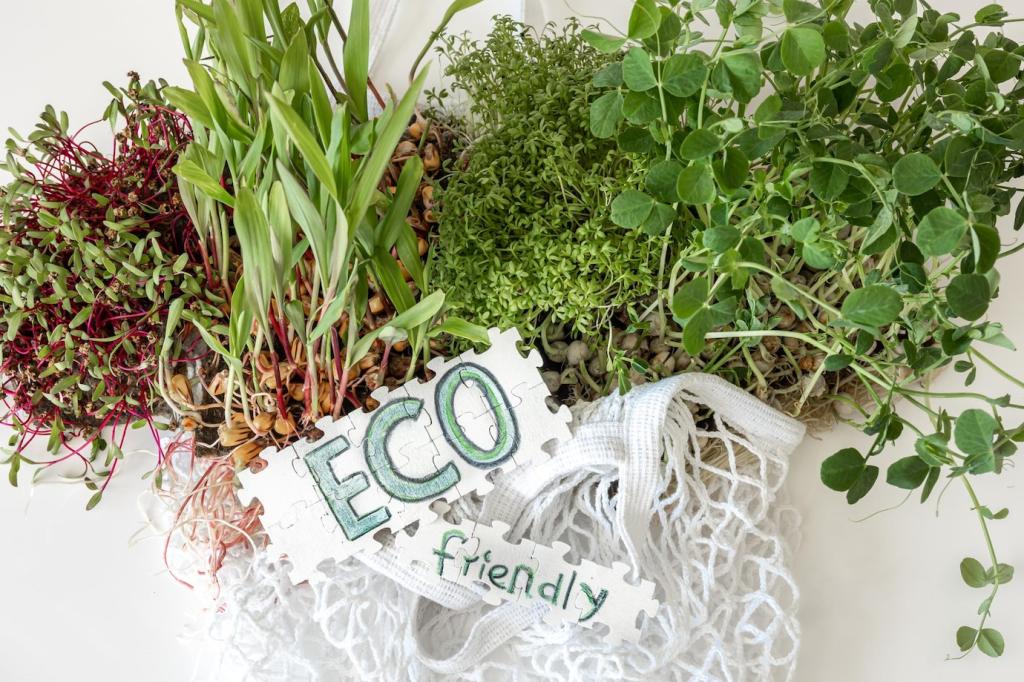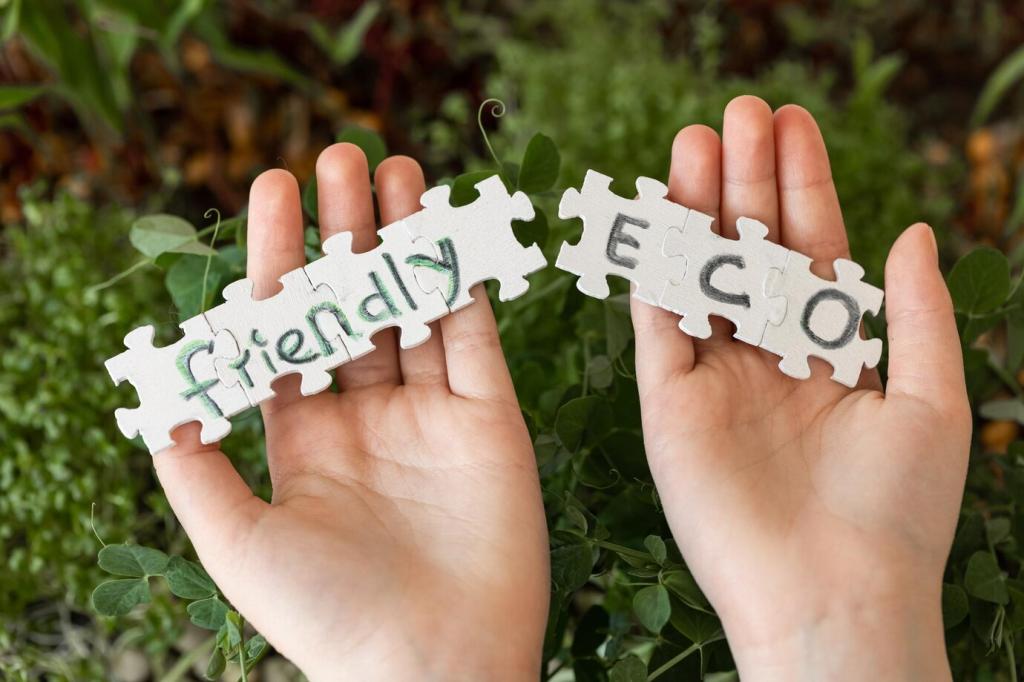Surface‑Specific Low‑Impact Strategies
Dust along the grain using dry, plush microfiber or an electrostatic duster. For carved details, sweep with a horsehair brush and capture debris with a low‑suction nozzle. If needed, a barely damp wipe with distilled water, followed by a dry cloth, prevents water spots. Avoid paper towels and gritty cloths. Share your success with intricate moldings and frames.
Surface‑Specific Low‑Impact Strategies
Vacuum first to remove grit. Spot treat with a pH‑neutral upholstery solution and a white cloth, blotting from the outside in. Use a tamping brush with feather‑light taps on durable weaves, and avoid over‑wetting cushions. Prop with airflow to dry. Enzyme spotters can help on protein stains if compatible. Comment with your fabric code tags so we can advise.




